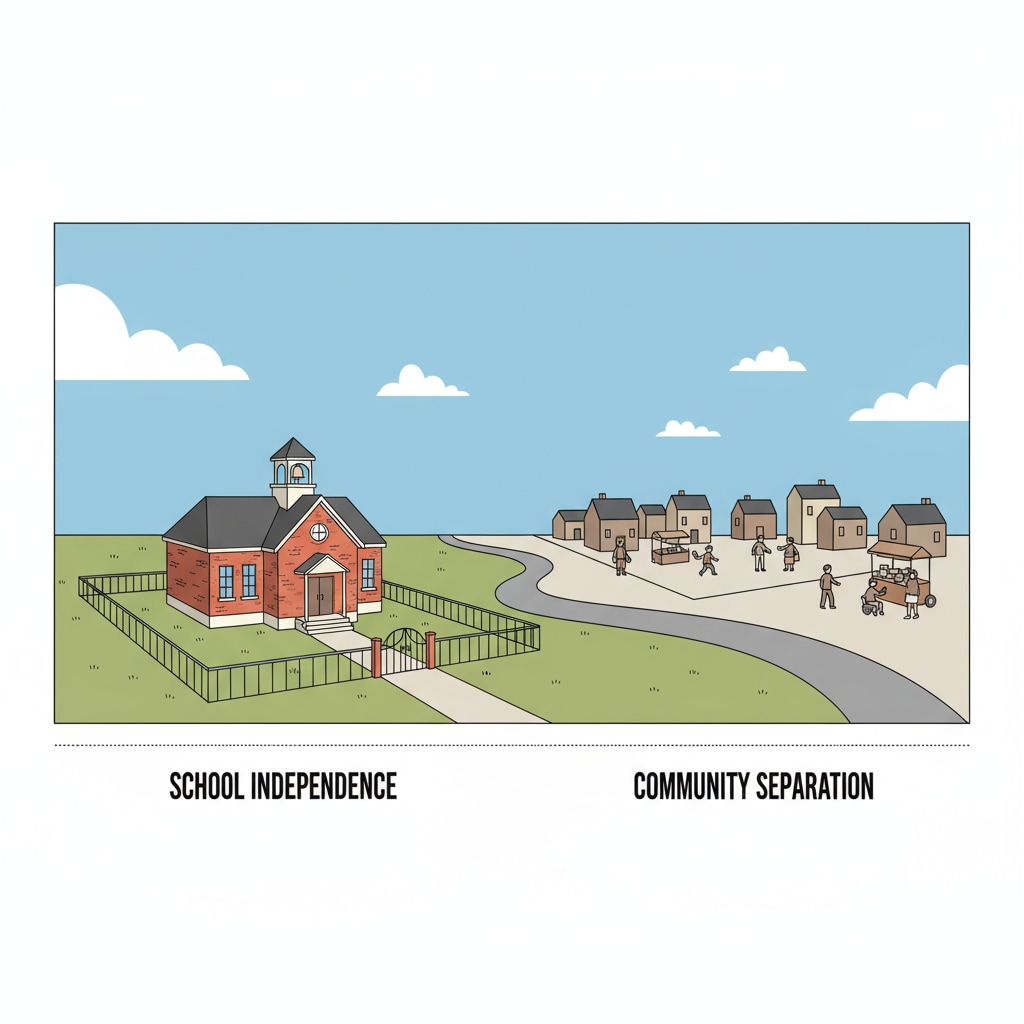In modern small towns, the issues of school independence, community separation, and youth programs are intertwined in a complex web of challenges. The public education system and community governance often operate as if in parallel worlds, creating a significant disconnect. This phenomenon not only affects the educational experience of students but also has broader implications for the development of the entire community.

The Root Causes of the Disconnect
One of the primary reasons for this separation is the difference in funding and decision-making structures. Schools often receive funding from state and federal sources, which come with their own set of regulations and requirements. As a result, school administrators are more focused on meeting these external demands rather than integrating with the local community. For example, they might be pressured to improve standardized test scores, leaving little time or resources for community engagement. Additionally, the governance of schools is often centralized, with decisions made at a district or state level, reducing the influence of local community members. Funding’s Impact on School Quality on Education Week
Manifestations of the Separation
The disconnection between schools and the community is evident in various ways. Firstly, there is a lack of shared resources. Schools may have facilities like libraries, sports fields, and auditoriums that are underutilized during non-school hours, while the community could benefit greatly from access to these spaces. Secondly, there is limited communication and collaboration. Community events rarely involve schools, and school activities often do not engage the broader community. This isolation can make students feel disconnected from the community they live in, as they do not see the relevance of their education in the local context.

The Impact on Youth Development
This separation has a profound impact on youth development. When schools and communities are not in sync, students miss out on valuable learning opportunities outside the classroom. Community engagement can enhance students’ social skills, cultural awareness, and sense of responsibility. Without it, they may struggle to develop a strong sense of identity and belonging. Moreover, youth programs that could bridge this gap are often underfunded or not well-coordinated. These programs play a crucial role in providing extracurricular activities, mentorship, and support, which are essential for a well-rounded development. Youth Development Research on Child Trends
To address this issue, a new model of education-community collaboration is needed. This could involve sharing resources more effectively, such as allowing community groups to use school facilities and vice versa. Regular communication channels should be established, like community meetings or joint committees, to discuss and plan initiatives that benefit both schools and the community. Additionally, youth programs should be strengthened and integrated into the fabric of both the school and community, providing a platform for students to engage with the local environment.
Readability guidance: Short paragraphs and lists are used to summarize key points. Each H2 section has a list-like structure. The proportion of passive voice and long sentences is controlled. Transition words like ‘however’, ‘therefore’, ‘in addition’, ‘for example’, and ‘as a result’ are scattered throughout the text.


